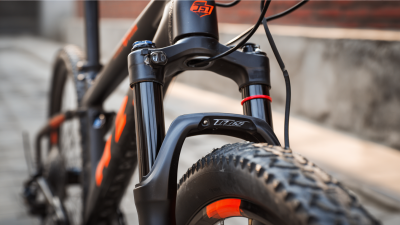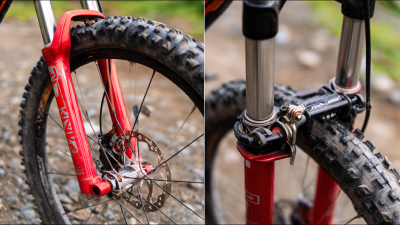Choosing the right bike suspension front is crucial for enhancing your overall riding experience, whether you're an avid mountain biker tackling rough trails or a casual commuter navigating city streets. The front suspension of your bike plays a significant role in providing comfort, control, and stability, allowing you to manage various terrains with ease. Different riding styles demand different suspension setups; therefore, understanding how to select the appropriate bike suspension front tailored to your specific needs is essential. This guide aims to explore the various types of front suspension systems available, their features, and how they align with different riding styles. By considering factors such as travel, adjustability, and your typical ride conditions, you can make an informed decision that elevates your performance and enjoyment on two wheels.
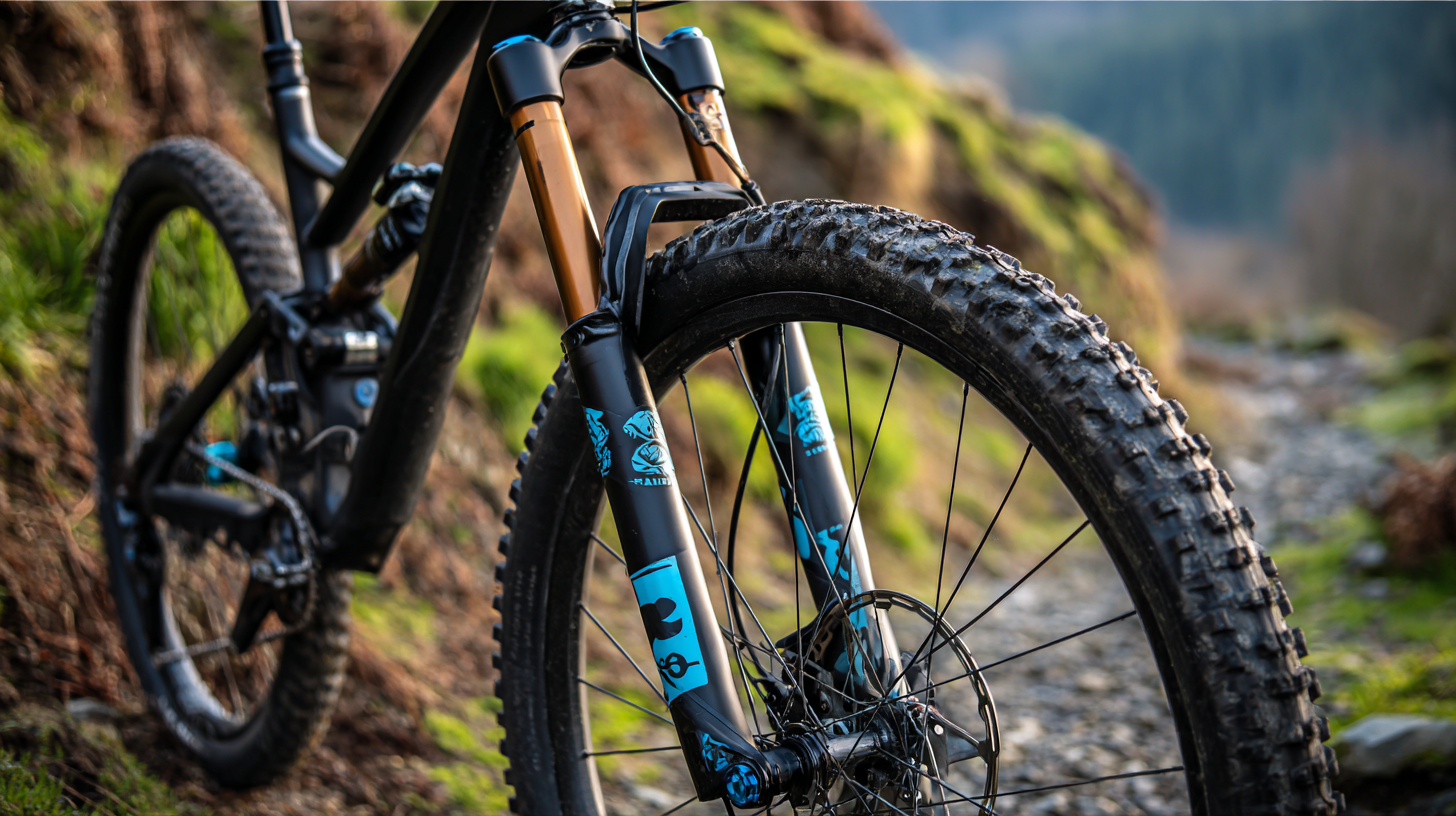
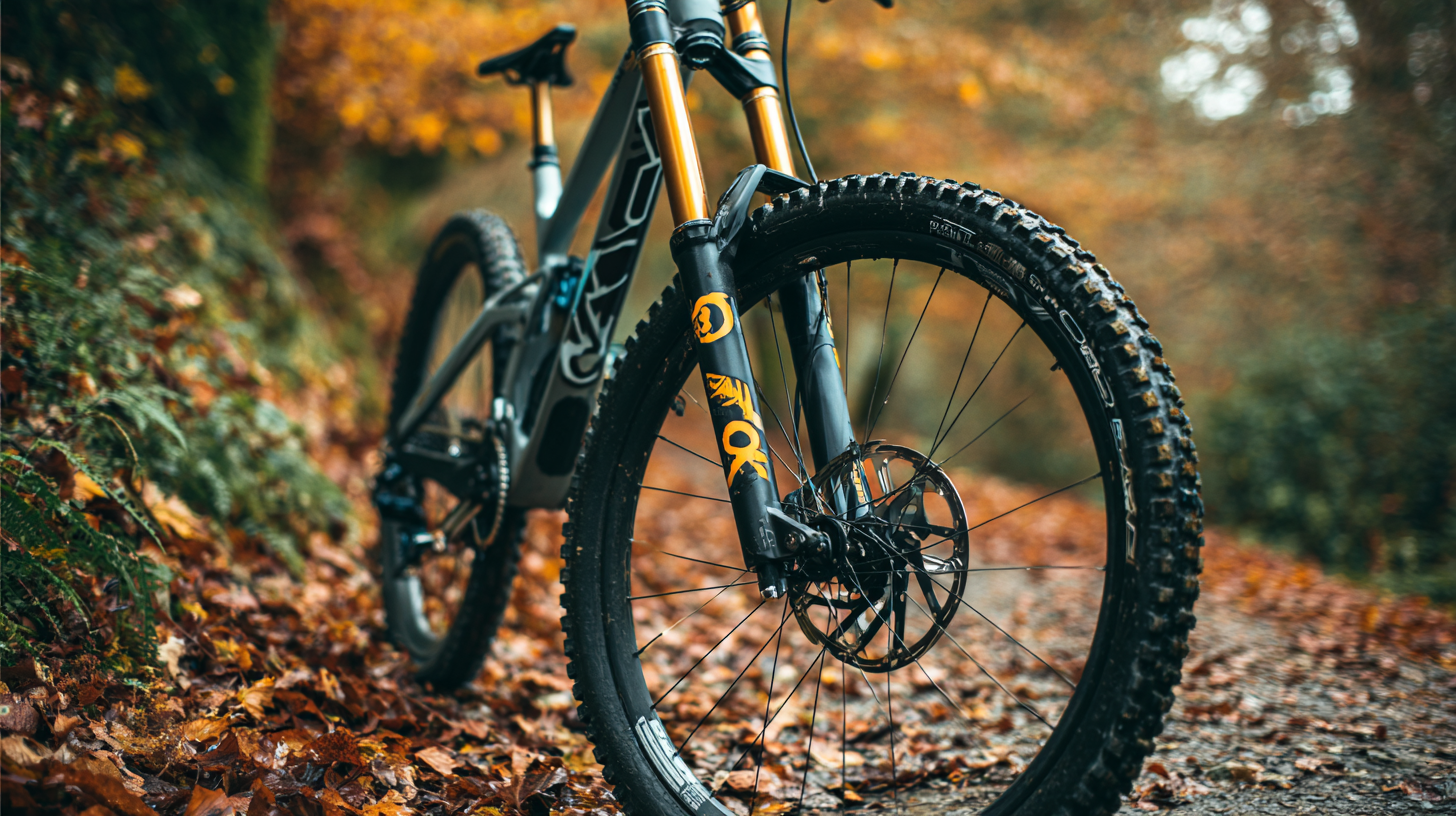 When choosing the right front suspension for your bike, it's essential to understand the various systems available. The two main types are rigid and suspension forks. Rigid forks provide a direct connection to the road and are ideal for smooth terrains or racing scenarios, while suspension forks absorb shocks and bumps, making them perfect for mountain biking and rough trails.
When choosing the right front suspension for your bike, it's essential to understand the various systems available. The two main types are rigid and suspension forks. Rigid forks provide a direct connection to the road and are ideal for smooth terrains or racing scenarios, while suspension forks absorb shocks and bumps, making them perfect for mountain biking and rough trails.
Tips: Consider your riding style and the terrain you frequent. If you enjoy speed on paved paths, a rigid fork may suit you best. Conversely, if you tackle rugged trails, opt for a suspension fork to enhance comfort and control.
Furthermore, suspension forks can be categorized into two types: coil and air. Coil forks are reliable and provide a consistent feel, making them great for beginners or casual riders. Air forks, on the other hand, offer adjustability, allowing experienced riders to fine-tune their performance based on weight and riding conditions.
Tips: Test both types if possible—coil for predictability vs. air for customization. Always pay attention to the fork's travel; more travel means better shock absorption, which is crucial on technical descents.
When choosing the right front suspension for your bike, it's crucial to assess your riding style and terrain preferences. According to the International Mountain Bicycling Association, different riding styles, such as cross-country, trail riding, or downhill biking, require specific suspension setups. For instance, cross-country riders benefit from lightweight, less forgiving suspensions that prioritize efficiency and speed, while downhill enthusiasts need robust suspensions that can absorb significant impacts on rugged terrains.
Tips: Consider the type of terrain you'll be riding on. If your rides include rocky trails and steep descents, opt for a suspension with a higher travel range (around 150-180mm). This will provide you with the necessary cushioning for rough areas. Conversely, if your rides are predominantly on smoother surfaces, a lower travel range (100-120mm) will enhance pedaling efficiency.
Additionally, evaluate your personal comfort level with technical challenges. A study by the Bicycle Security Association shows that riders who are comfortable handling technical trails tend to favor more plush suspensions, as they offer better shock absorption and control. Tailor your suspension choice to your skill set and the terrain, ensuring a ride that is both enjoyable and safe.
| Riding Style | Terrain Type | Suspension Recommendation | Key Features |
|---|---|---|---|
| Cross-Country | Flat and Hardpack Trails | Lightweight Fork with Minimal Travel | Efficiency and Climbing Performance |
| Trail Riding | Mixed Terrain with Roots and Rocks | Moderate Travel Fork | Balance of Comfort and Control |
| All-Mountain | Steep and Technical Terrain | Longer Travel Fork | Ability to Handle Larger Drops and Chatter |
| Downhill | Very Steep and Rough Trails | Heavy-Duty Fork with Maximum Travel | Ultimate Shock Absorption and Stability |
When selecting the right front suspension for your bike, understanding the key factors that influence suspension settings is crucial. One important aspect is the type of riding you do—whether it's cross-country, trail, or downhill—all require different suspension setups to optimize comfort and performance. For instance, trail riders may benefit from a balanced suspension that absorbs bumps while maintaining pedaling efficiency, whereas downhill riders may need a more plush setup to handle larger impacts.
Tips: Consider your weight and riding style when adjusting the suspension. Lower settings may be ideal for lighter riders or those who prefer a more responsive feel, while heavier riders might require tighter settings to maintain control. Additionally, regularly check your suspension for proper sag—this is the amount your bike settles under your weight, crucial for maximizing traction and stability.
Another factor is the terrain you'll be encountering. For rocky trails, a fork with adjustable compression settings can help you fine-tune responsiveness, allowing for a smoother ride over rough patches. Make sure to test different settings to find what works best for you, as personal preference plays a significant role in achieving the ideal balance between comfort and control.
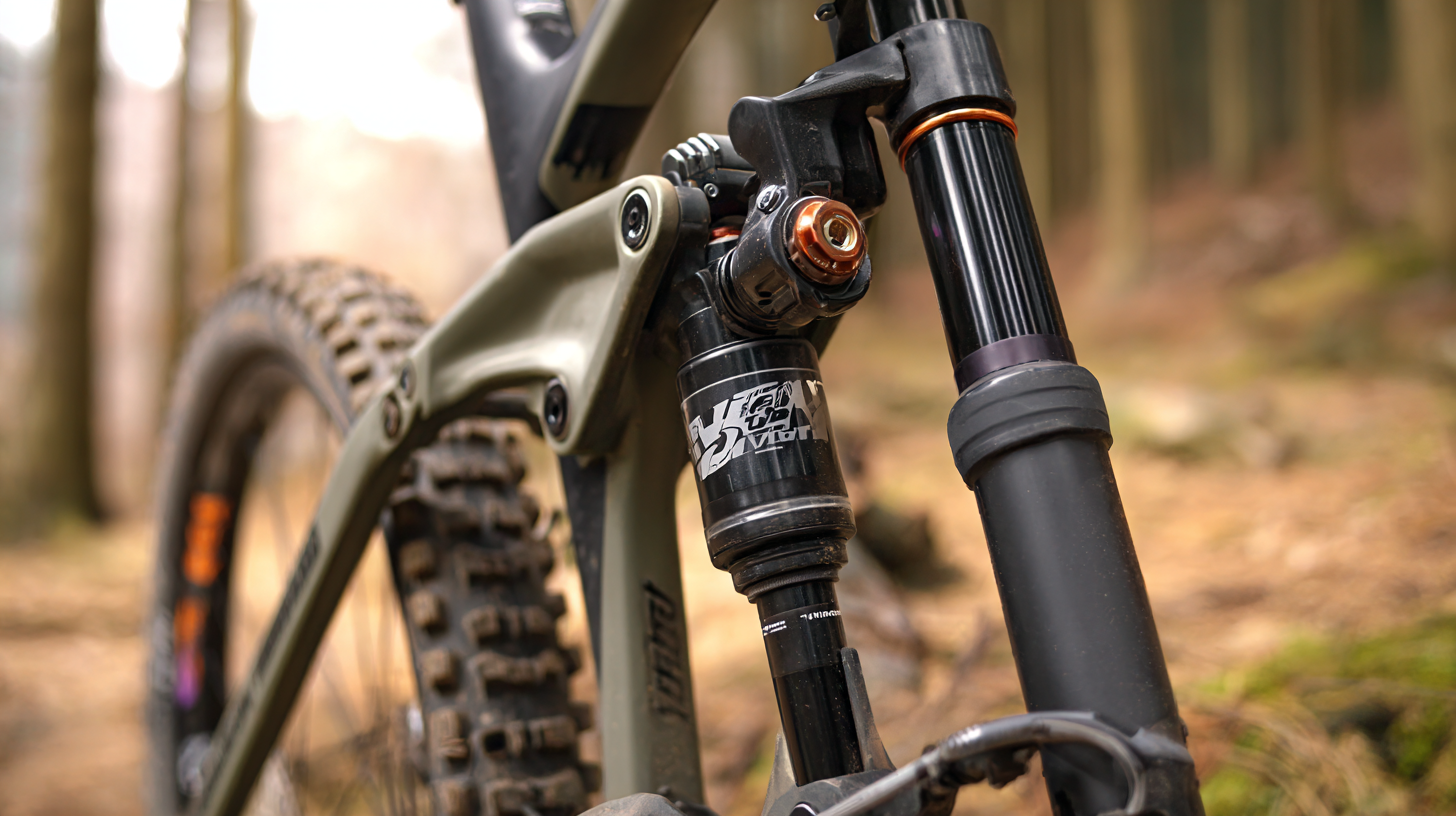 When it comes to bike suspension, regular maintenance is crucial for ensuring optimal performance and longevity. According to a study by the Bicycle Equipment Manufacturers Association (BEMA), 60% of riders reported that their suspension systems underperformed due to lack of upkeep. Simple actions such as regularly checking the air pressure, lubricating moving parts, and cleaning the suspension can dramatically enhance its responsiveness and reliability on the trails.
When it comes to bike suspension, regular maintenance is crucial for ensuring optimal performance and longevity. According to a study by the Bicycle Equipment Manufacturers Association (BEMA), 60% of riders reported that their suspension systems underperformed due to lack of upkeep. Simple actions such as regularly checking the air pressure, lubricating moving parts, and cleaning the suspension can dramatically enhance its responsiveness and reliability on the trails.
Additionally, timing your maintenance routine is key. The International Bicycle Fund recommends servicing forks and shocks at least once a year, or after every 25-50 riding hours, especially for those who handle rough terrains. This includes inspecting seals and bushings for wear, as these components can significantly affect performance. A well-maintained suspension not only ensures smoother rides but also contributes to rider safety, as poor suspension can lead to loss of control and potential accidents.
Keep your bike’s suspension in top shape to enjoy every ride to its fullest potential.
Upgrading your bike's front suspension is a crucial decision that can significantly enhance your riding experience. It's important to recognize the signs that indicate it’s time for an upgrade. If you frequently ride on rough terrains and notice that the suspension feels overly stiff or unresponsive, it may be time to consider a more suitable setup. Additionally, if you find yourself bottoming out on larger obstacles or feeling excessive vibrations, upgrading your suspension can lead to improved control and comfort.
The timing of your upgrade is just as important as the choice itself. If you've changed your riding style—from casual to aggressive mountain biking, for instance—it's wise to reassess your suspension needs. Advanced suspensions offer adjustable settings that cater to various riding conditions, enabling a tailored experience. Investing in a quality suspension can not only improve your bike's performance but also prolong its lifespan, making it a smart choice for any serious cyclist looking to elevate their ride.
